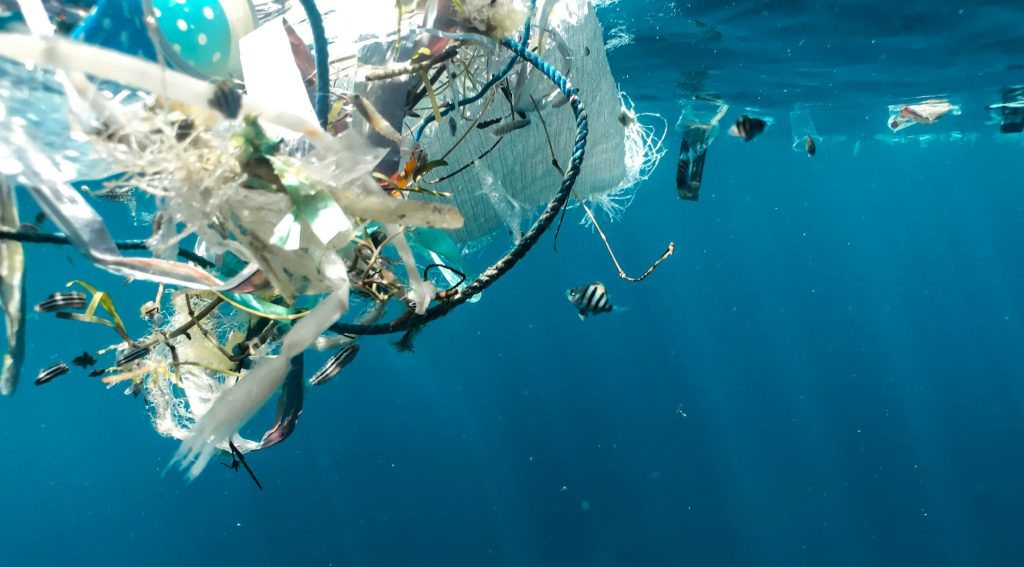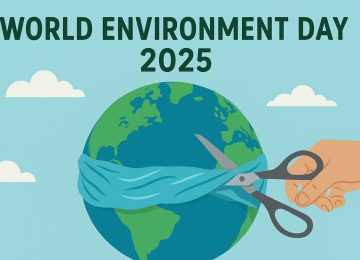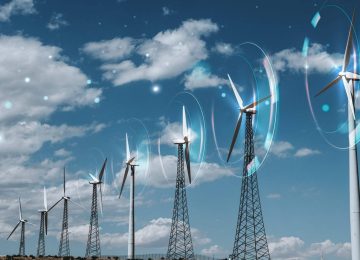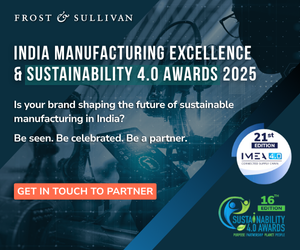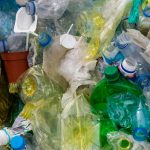The term “Plastic”/ plastic pollution gets used the most during the monsoon season in India.
Why?
Because:
- a) The World Environment Day falls on 5th The month also marks the beginning of monsoon season
- b) Coastal areas see the heap of plastic thrown back by the sea
- c) Mention in answers tabled in the parliament during the monsoon session
d) Surge in people pledging to curb plastic usage etc.
The Ministry of Earth Sciences conducted a comprehensive national survey on microplastic and marine debris contamination along India’s coasts from 2022-2025.
The report was tabled parliament during the monsoon session. The findings are real eye-openers.
As per the data available, 43% of plastic waste in India is litter. And a sizable portion of it ends up in the sea. Considering this, I am not surprised with the findings of the study.
Matrix
-
- Coastal ecosystems such as mangroves, estuaries, and coral reefs are most sensitive to marine litter accumulation.
- Microplastics in offshore sediments along the eastern Arabian Sea shelf show elevated levels. Research on estuarine systems (Mandovi-Zuari and Sal) reveal microplastic aggregation in benthic (bottom) regions compared to pelagic (open water) zones.
- Studies on aquatic species reflected higher microplastic uptake in bottom-dwelling fish and shellfish, underlining ecological risks.
- Goa’s mangroves show an average litter density of 5.14 items/m² with plastics constituting 66%.
- Maharashtra’s mangroves have higher litter density at 8.5 items/m², where plastics dominate 83% of debris.
- Underwater surveys in the Andaman and Nicobar Islands’ Mahatma Gandhi Marine National Park reported an average litter density of 0.42 items/m², with plastics comprising 61% of debris; derelict fishing gear accounts for 33.7%.
- Mumbai’s coral habitats observe 1.6 items/m² density with plastics making up 91% of marine debris, mainly single-use plastics such as bags and wrappers.
- Remote North Cinque Island recorded 6,227 litter items with plastics accounting for 86%, emphasizing the pervasive reach of pollution.
- Fish samples from the eastern coast identifies high microplastic contamination in species such as Rastrelliger kanagurta and Sardinella gibbosa, with up to 30% carrying microplastics.
Methodology:
The researchers studied collected water and sediment samples along both the east and west coasts for the extensive study.
In the West Coast, surveys took place across 19 transects from Porbandar (Gujarat) to Kanyakumari (Tamil Nadu). And in the East Coast, 25 transects were sampled from Puri (Odisha) to Tuticorin (Tamil Nadu).
The researchers assessed that the primary sources of microplastic pollutions are river discharges (single use plastic) and abandoned, lost, or discarded fishing gear (ALDFG).
Major contributors to beach litter include tourism and recreational activities.
Positive signs
- Plastic litter on beaches has declined from 67% in 2018 to 43% in 2024.
- More than 250 beach cleanup events have been organized over 80 coastal locations
- Approximately 150 tons of litter was removed.
- The “Eco Mitram” mobile app to assist citizen participation in cleanups.
- Annual national-level beach litter assessment during International Coastal Cleanup Day under the “Swachh Sagar Surakshit Sagar” program, covering coastal states and union territories.
- NCCR-MoES actively conducts awareness and citizen science campaigns involving students, local communities, and fishermen.
The progressive reduction in plastic litter and increasing public awareness signal positive trends toward sustainable and cleaner coastal environments.
However, considering the surge in climate incidents, and the depth of the problems at hand, sustained implementation and continual refinement is vital.
The details of the report were provided by Dr. Jitendra Singh, Union Minister of State (IC) for Science and Technology and Earth Sciences, in a written reply to the Lok Sabha.


